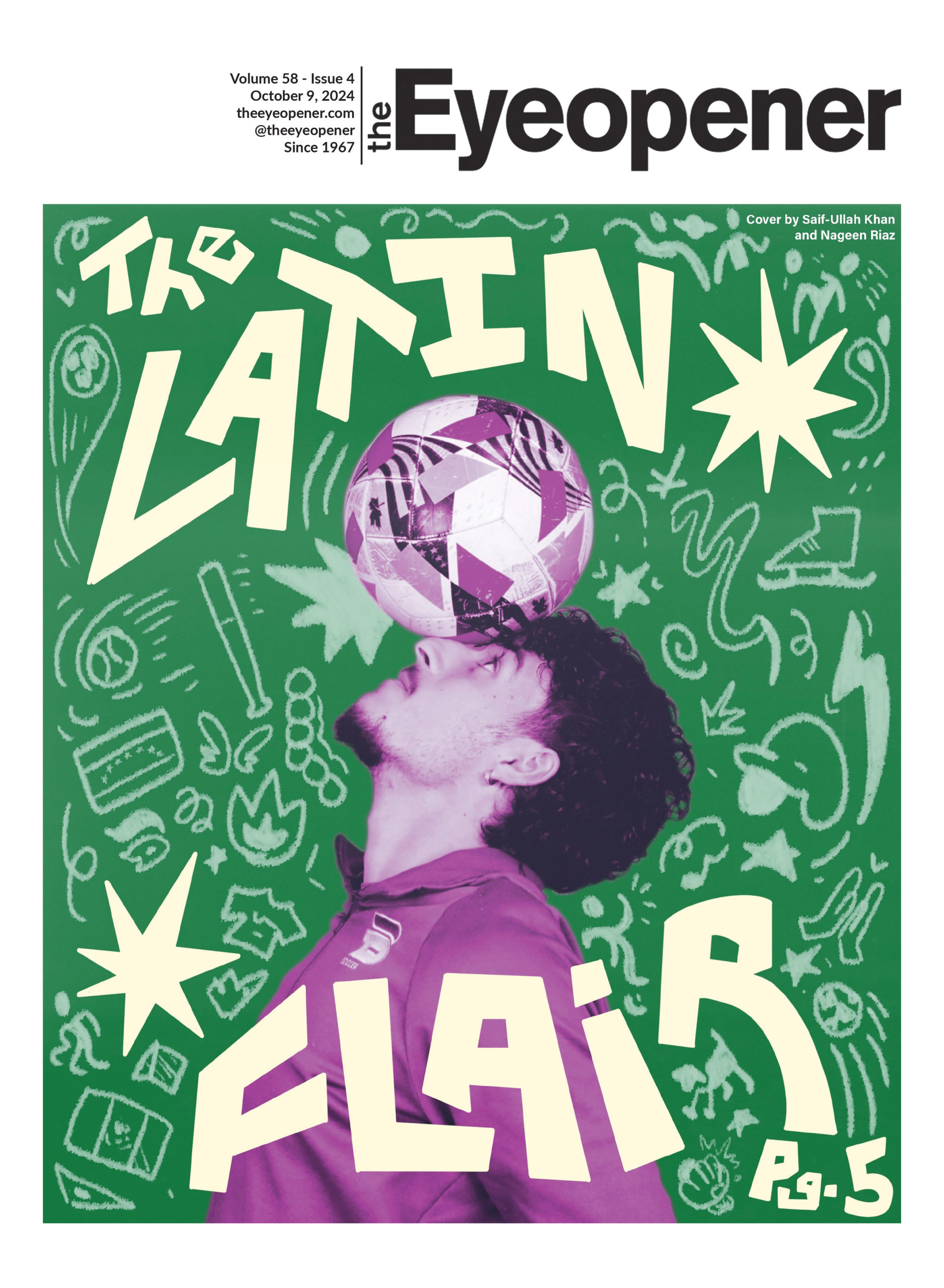By Jasmine Makar
Trigger warning: This article contains mentions of sexual assault and harassment.
A Toronto Metropolitan University (TMU) psychologist and counsellor has developed and launched a risk assessment tool to mediate and prevent sexual assault and gender-based violence on university campuses.
In September, the new tool was launched for administrative use by its creators Jesmen Mendoza and Sandy Jung. Mendoza is a psychologist and counsellor at the Centre for Student Development and Counselling and president of the Toronto Metropolitan Faculty Association, while Jung is a psychology professor at MacEwan University in Edmonton.
The risk assessment tool is a survivor-centred and “evidence-based” approach to reducing sexual violence, according to an article written by Mendoza and Jung.
The article also states how the tool seeks to help support staff make difficult decisions on policies and repercussions for offenders, all while avoiding personal bias.
The assessment also identifies problematic areas on campus in order to reallocate resources to these parts and create a better campus environment with enhanced safety, the article reads.
This preventative approach not only analyzes physical harassment but also mental and emotional distress for a survivor.
According to the article, the tool takes four main factors into consideration: the survivor, the post-secondary community, the incident itself and the perpetrator.
As previously reported by The Eyeopener, TMU has dealt with sexual assault and gender-based violence on its campus.
The Council of Ontario Universities reported in February 2020 that over 60 per cent of surveyed TMU students had previously experienced sexual harassment.
President of the university, Mohamed Lachemi, said the school is in the process of reviewing the tool.
“TMU is committed to combatting sexual violence in all forms in our community and the university Sexual Violence Policy makes clear this commitment…through survivor support and wellness education, training and prevention programs. As well as the appropriate handling of reports or complaints of sexual violence incidents in a trauma-informed and procedural, fair manner,” he said in an interview with The Eye.
Lachemi also said TMU’s Sexual Violence Policy is undergoing a review this semester.
“We encourage all community members to participate in the online survey,” he said.
Meseret Haileyesus, the CEO of the Canadian Center for Women’s Empowerment was asked if this assessment is a sufficient measure against sexual and gender-based violence.
“Conversation is the most important thing,” said Haileyesus. “Many women don’t [go] to the police right [after a] sexual assault because of the taboo. If we could have a clear policy, I think that’s the most fundamental [place to start creating conversation].”
According to a 2021 report from Statistics Canada, only six per cent of sexual assaults are reported to the police. The same report stated the most common reason a crime was not reported was due to a perceived lack of severity.
Third-year creative industries student May Breithaupt said she feels safe on campus most of the time.
“I’ve seen more security on campus, so that definitely helps,” she said.
However, The Eye has previously reported on the concerns many marginalized individuals have about increases in security on TMU’s campus.
Haileyesus believes being trauma-informed and taking into account racialized people’s perspectives is important while making these types of decisions.
“We need to emphasize and acknowledge there is a huge connection [between] colonization, racism and then sexual violence which has to be tackled [in] time. So we need to invest in that,” she said.
In addition to the four primary factors, the tool attempts to look at systemic oppression, the relationship it plays with sexual violence and provide support for survivors by creating a specified safety plan curated for each individual, the article by Mendoza and Jung states.
At the tool’s launch event, Mendoza said partaking in rehabilitative restorative justice approaches to a perpetrator’s punishment gives him “hope.”
“It reminds me change is possible and that individuals can be accountable and take responsibility in meaningful ways,” Mendoza said.
The Eye reached out to the tool’s media team for an interview with Mendoza, but did not receive a response in time for publication.
First-year biomedical student Sohail Karar is hopeful that the risk assessment tool can create a safer TMU campus.
“I think it’s a great tool, mostly because you can ensure that action is taken and your issue [won’t go] unnoticed,” he said.










Leave a Reply